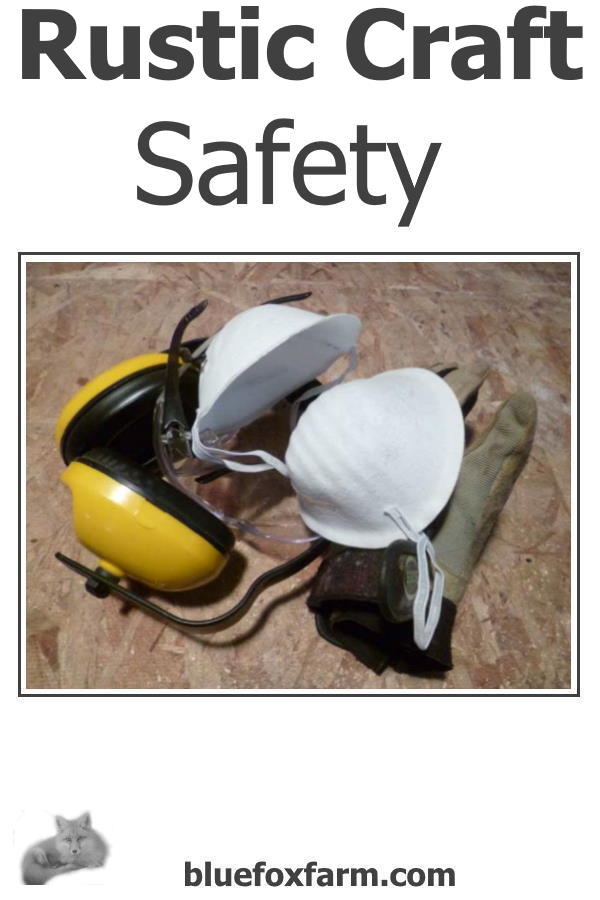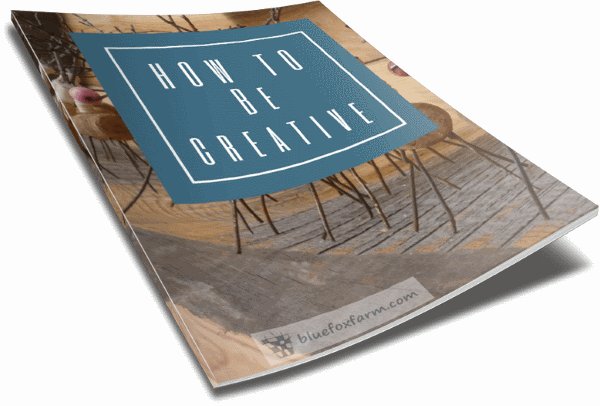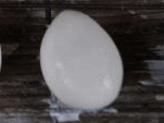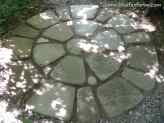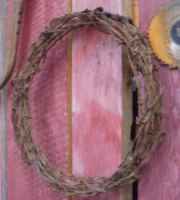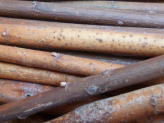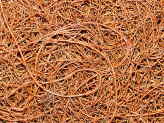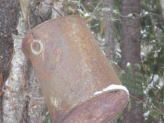Rustic Craft Safety
Have fun with your garden crafts; stay safe
Jacki Cammidge, The Woman of Many Sticks, is a participant in the Amazon Services LLC Associates Program, an affiliate advertising program designed to provide a means for sites to earn advertising fees by advertising and linking to amazon.com. The cost to you, if you purchase something through my link, is the same.
Making rustic crafts is pretty much a low tech hobby, but some common sense safety rules are going to make your craft making even more satisfying.
As you may be using some sharp implements to cut twigs, always use a close fitting pair of glovesAlways cut away from yourself when peeling twigs with a sharp knife, and make sure your fingers are out of the way when using a saw, hand or power.
Even a minor cut, scrape or gouge can be dangerous, leading to infection - even tetanus if you're using old rusty metal for making into crafts.Keep a first aid kit
When making hypertufa, rubber gloves and old clothing to cover bare skin will protect you from caustic elements in the cement powder. See the page on How to Make Hypertufa for more tips.
Loose clothing is dangerous when trekking through woods looking for twigs and birds nests, and if you’re in tick country, tuck your pant leg into your sock to prevent them from crawling up inside.
Check yourself all over once you return.
Use your common sense in all aspects of your rustic craft making, and reduce or eliminate any chance of injury – it can take all the fun out of what is a great and creative pastime.
My Scary Experience
Ever have one of those experiences that don't seem that bad while they're happening, but later, when you think about it and the potential for real harm, you get cold chills? That's what happened to me the other day.
I dug out my old glue gun, intending to finish off a twig project, and wondered why it wasn't working and getting hot.

Finally I gave up and unplugged it, and it was only then that I realized the insulation on the cord was chewed through, in places exposing the copper wire. The cord got so hot in the places where the inner wire was showing that it actually melted the plastic insulation.
I'm just really glad I didn't touch it, there was an angel looking over my shoulder then for sure. I could have been badly electrocuted.
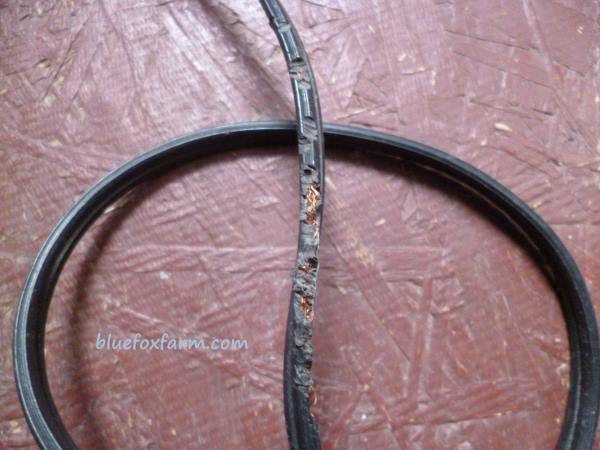
So the moral of the story is; if your glue gun or any other electrical tool has been stored for a while, go over it to inspect it for damage.
If it's been chewed on, don't use it; replace it.
The tiny cost for a new one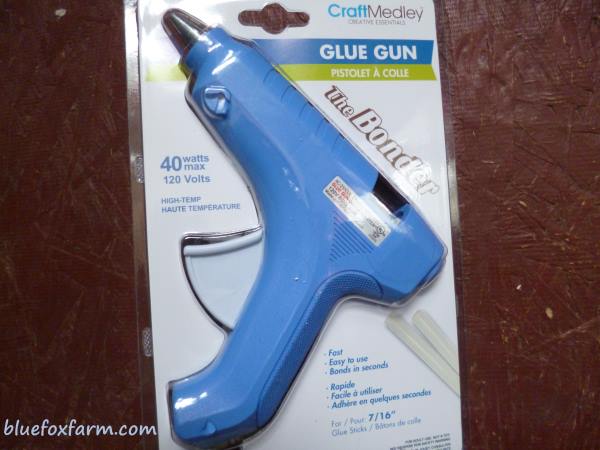
The cost for a new glue gun? $9.99. Narrowly escaping electrocution? Priceless.
FAQ
What is the best kind of face mask for hypertufa?
What is the best kind of face mask for hypertufa?
The best kind is one you will wear.
The smallest pores of a face mask need to hold out the tiniest particles of whatever material you're using - the Portland cement and perlite dust are very small, so any mask that will prevent this type of dust getting through will be fine.
Perlite dust is 40 μm.
Portland cement is less than 60 μm
Should I wear safety goggles if I wear glasses?
Should I wear safety goggles if I wear glasses?
Your regular glasses are not sufficient protection if you're breaking glass or making other small projectiles during your crafting process, so yes, use goggles over top of your glasses.
Learn what it takes to be creative - we all have the gene but how do we develop it? Get the free guide!
Fill in the form below for your copy;
(Don't be disappointed - use an email address that will accept the free download - some .aol email addresses won't.
If you don't see your download within a few minutes, try again with another email address - sorry for the bother.)
